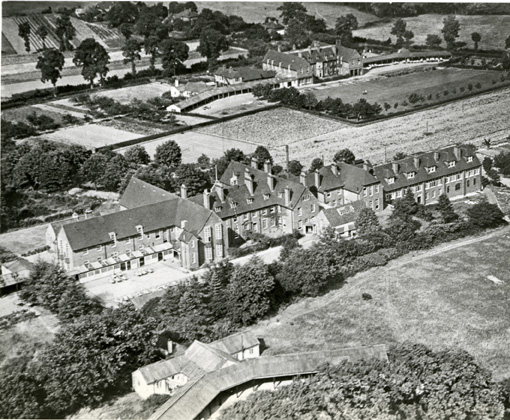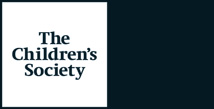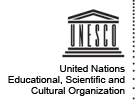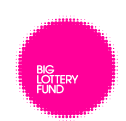St Nicholas' and St Martin's Orthopaedic Hospital and Special School, Pyrford
St Nicholas' and St Martin's Orthopaedic Hospital and Special School, PyrfordPyrford, Surrey (1923 - 1948) St Nicholas' Home, Pyrford and St Martin's Home, Pyrford were amalgamated in 1923 to become a Special Orthopaedic Hospital and School. The Children's Union continued to support the replacement St Nicholas and St Martin's Home, Pyrford. The Home had 120 beds as well as a Hospital for surgical tuberculosis, infantile paralysis, rickets and other congenital deformities. A surgeon would visit from London once a fortnight and his assistant, the Orthopaedic Registrar to St Thomas' Hospital, would spend two days a week at the Home. There was a full staff of fully trained nurses, masseuses and probationers as well as four certified teachers and an uncertified teacher for the babies between the ages of two and five. Residents were trained in domestic service as well as skills such as rug and mat making. In 1928 a new operating theatre and a further open-air ward were added to the Home, as well as plans to develop a curative bath and an X-ray treatment room. The additions were opened by the Duchess of York and made possible through £10,000 raised by Lady Beatrix Wilkinson, President of The Children's Union. By 1933 St Nicholas' and St Martin's become known as a 'Hospital' rather than a Home because of its leading innovations and facilities in the treatment of disabled children. A new ward was added to the Home in 1937 as a Children's Union Memorial to Prebendary Rudolf. The ward, which accommodated 16 children and had its own sun loggia [an area open to the air], was dedicated on 27 April by the Bishop of Guildford. By 1939 residents at the Hospital would attend school every day except Saturday and Sunday. In the senior girls' ward Maths, English, History, Geography and Nature Study were taught, as many girls would go into 'shops and domestic service'. Those who were not strong enough would be taught needlework, embroidery and painting. Elder boys were taught similar subjects though if not strong enough would learn craft skills such as leather work, basketry, rug making and knitting. The Hospital was taken over by the Ministry of Health in 1940 as an Emergency Hospital and by 1946 it was equipped to accommodate 250 residents. The Hospital was renamed in 1948 as Rowley Bristow Orthopaedic Hospital in honour of the surgeon of that name and the hospital became part of the newly created National Health Service, therefore leaving the Society's management. |




